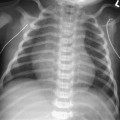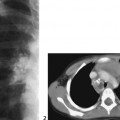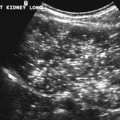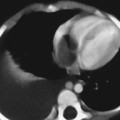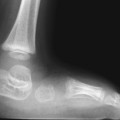CASE 106 A 15-year-old male returns to the hospital 7 days following surgery for appendicitis with lower abdominal pain, diarrhea, dysuria, and fever. On examination, he has a tender lower abdomen with faint bowel sounds. On rectal examination, a mass is felt anterior to the rectum. Ultrasonographic examination reveals a collection deep in the pelvis. The patient is referred to a tertiary care center for further management. How should the collection be drained? Figure 106A Figure 106B Ultrasonography demonstrated a hypoechoic collection posterior to the bladder and anterior to the rectum with some debris within it (Fig. 106A). CT confirmed a deep pelvic abscess with an enhancing rim and small anterior air/fluid level. No other collections were identified (Fig. 106B). Postsurgical deep pelvic abscess requiring transrectal abcess drainage Pelvic abscesses are often located deep within the pelvis and are surrounded by overlying bowel, urinary bladder, pelvic vessels, and bones, thus preventing a safe percutaneous transabdominal approach. The main advantage of a transrectal approach is that it provides a shorter and more direct path to the collection. The risk of injuring or contaminating adjacent structures is therefore reduced. The most common causes of a pelvic abscess include appendicitis and following surgery, often postappendectomy (the appendix may or may not have ruptured). Other less common causes may include underlying inflammatory bowel disease, pelvic inflammatory disease, or perforation as a consequence of neoplasm. The typical postoperative abscess occurs in a patient who had an appendectomy 7 to 10 days prior and now has abdominal pain and fever. This scenario is the most common cause of pelvic abscess in the pediatric population.
Clinical Presentation
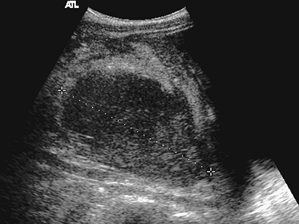
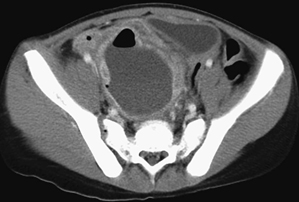
Radiologic Findings
Diagnosis
Discussion
Background
Etiology
Clinical Findings
Indications
Contraindications
Stay updated, free articles. Join our Telegram channel

Full access? Get Clinical Tree



